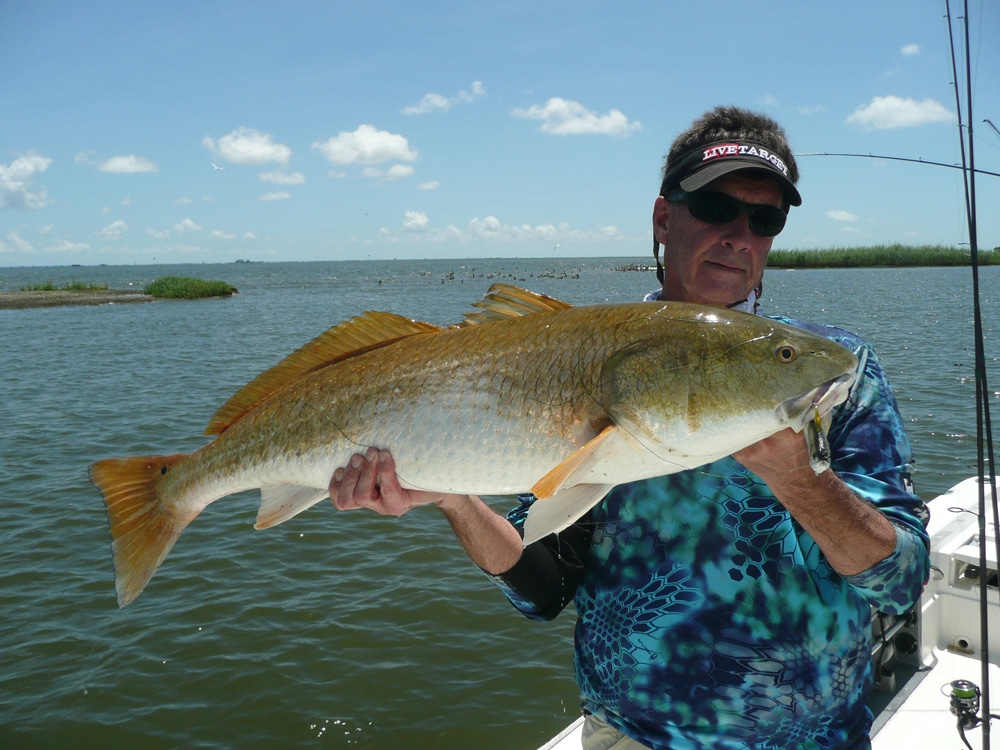
Getting out on the water more often to gain experience is but one of the ways you can improve as an angler. Here are 10 additional ones to help shorten the learning curve and become a more complete and successful fisherman fast.
Find A Mentor
Whether you’re fairly new to fishing or a seasoned veteran, you can always learn something new from other anglers, so it pays to find a couple of knowledgeable people to fish with now and then. Your local tackle shop is a good place to strike a conversation with likeminded anglers and meet potential new fishing partners. Another option is to join a fishing club, then approach some of the more experienced members. Be upfront about your desire for tutelage without being pushy. Better get to know fellow members and let the sharing of information happen naturally. Whenever you fish with anybody, keep your eyes and ears open. You often pick up better ways to rig tackle and leaders, or work your lures by watching the guy next to you, and valuable nuggets are frequently volunteered during casual conversation. If you’re having trouble with a particular skill or technique, say so. Most people will offer a couple of pointers in return.
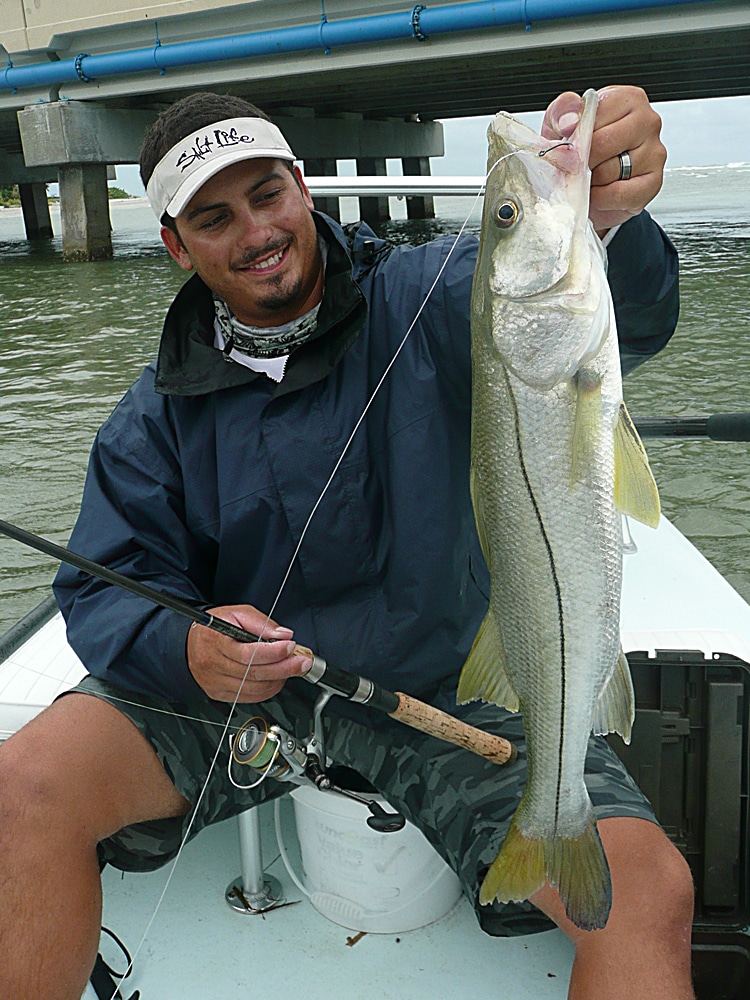
Don’t Wait For Fair Weather
Good anglers catch fish in all kinds of weather, so don’t wait for sunny skies and calm wind to get on the water. While there’s no need to go fishing in extreme conditions, it’s important to learn to deal with whatever curves mother nature throws at you. If it’s too windy, find the lee of an island, or a tall shoreline or jetty that offers some protection. Cloudy skies make sight-fishing difficult, but you can always resort to blind-casting lures or dropping baits around fish-holding structure — be it a wreck, a rock pile, dock pilings, fallen trees, mangrove roots, or potholes sprinkled throughout a grass flat. If you intend to fish shallow bays or flats, locate an area with light bottom where the dark silhouettes of fish present enough contrast to stand out despite overcast conditions.
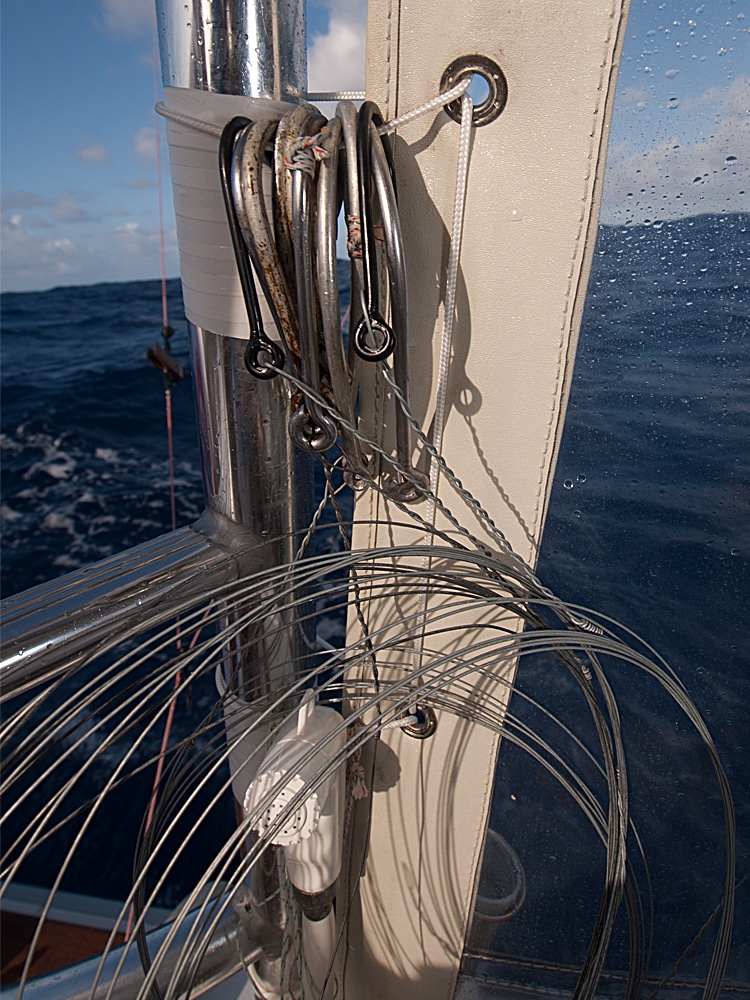
Arrive Prepared
Don’t wait until you get to your first fishing spot to start rigging your tackle, that’s one of the most common mistakes to avoid. That translates into wasted time, and often lost opportunities. Get all your rods and reels ready and your leaders tied ahead of time, and keep your lures and terminal tackle in good supply, good condition, organized and accessible so any required changes on the water are quick and easy. Make a checkclist so you won’t forget any of the essentials you need to bring along, like pliers, a landing net or gaff, a knife, leader material, etc. And if procuring live bait is part of the plan, head out earlier to give yourself extra time to stop by a bait shop or catch your own.
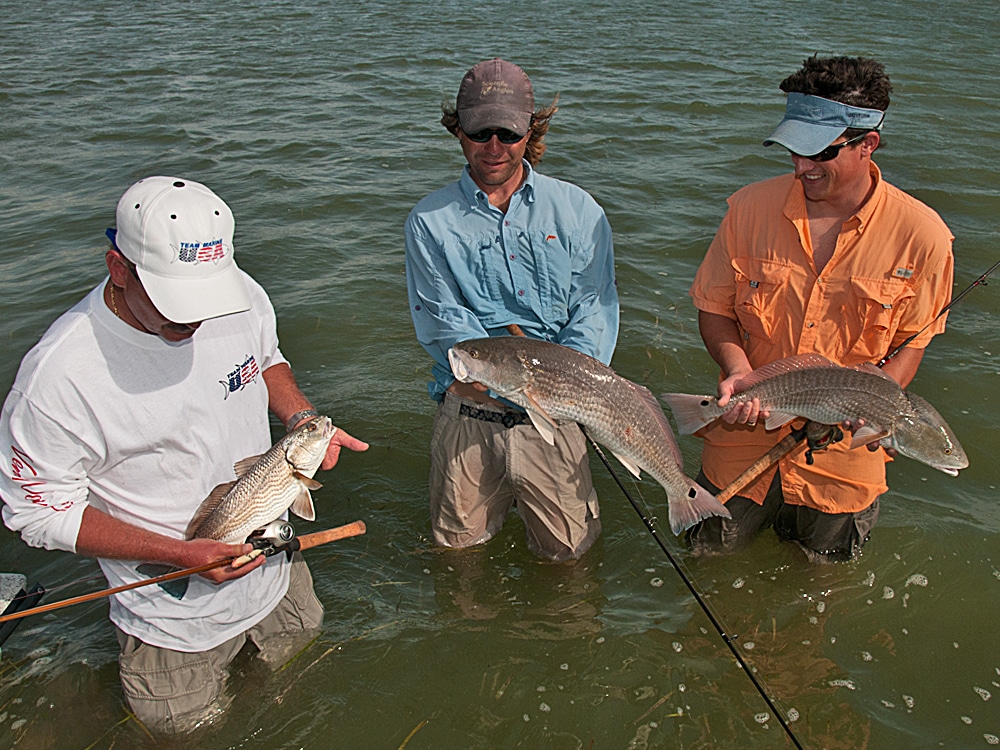
Have Plan B And Plan C
Things rarely go exactly as expected when you go fishing. Unforseen eventualities like an abrupt weather change or the lack of available live bait frequently force anglers to scrap their best laid plans, so it’s smart to have some options. In case a particular area is not fishable, keep a couple of nearby alternate spots in mind, and carry the tackle and bait you’ll need to be successful even when the originally intended game fish refuse to cooperate and you must set your sights on other targets.
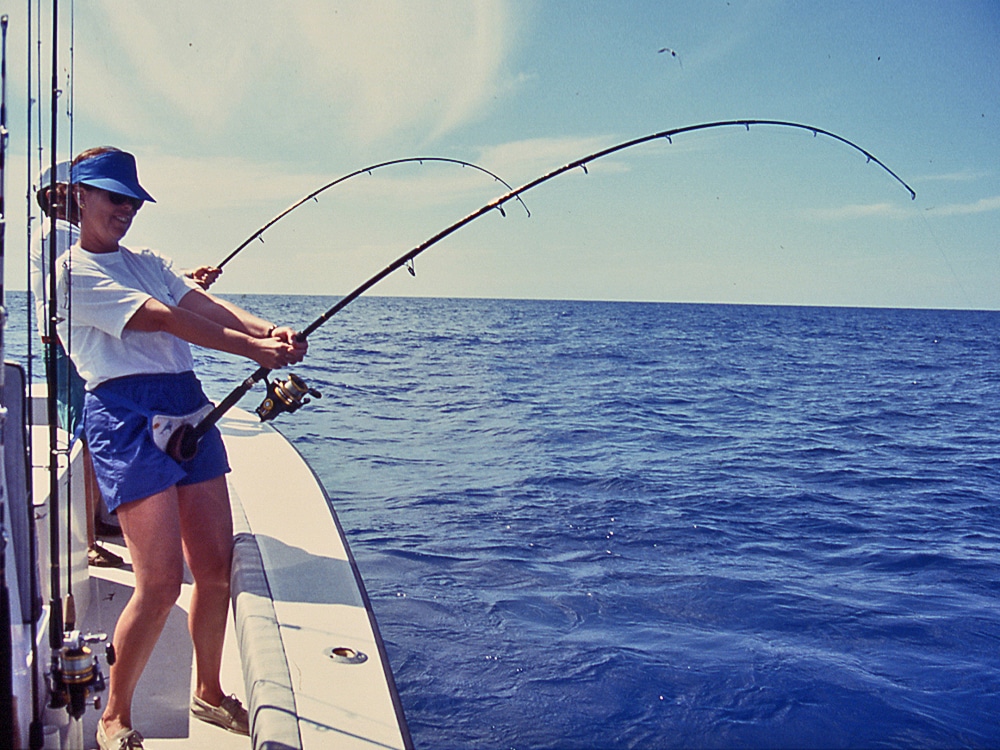
Fish New Spots
Fishing the same few spots all the time, no matter how productive they have been historically, will catch up with you sooner or later. You’ll eventually find that other anglers got there first, especially during weekends and holidays, or that weather conditions simply rendered your perennial go-to places unfishable. It’s much better to scout new areas on a regular basis and commit to trying at least one new spot every time you go out. Water temperature, movement and clarity, and the presence of forage are the key factors to look for when searching for likely spots to try. If you build a repertoire of diverse fishing spots, you’ll greatly reduce chances of getting skunked.
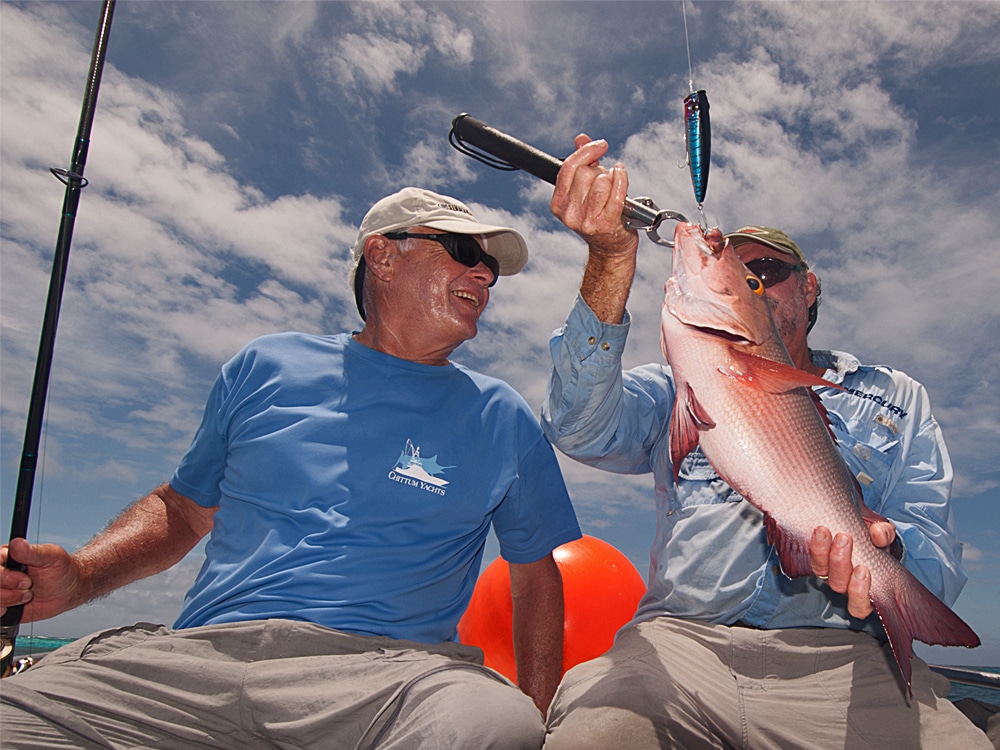
Try New Things
Fishing tackle and techniques change and evolve with the times, and so do the better anglers. Don’t be so set in your ways that you won’t give new lures a try, refuse to learn a better way to rig a bait or tie a leader, or dismiss an increasingly popular tactic. Keep and open mind and be receptive to new ideas, no matter if they come from much younger anglers. Even if they lack your overall fishing knowledge and experience, those who focus on a particular target species or fishing tactic are usually the ones who fine-tune a rig or develop a new specialized technique.
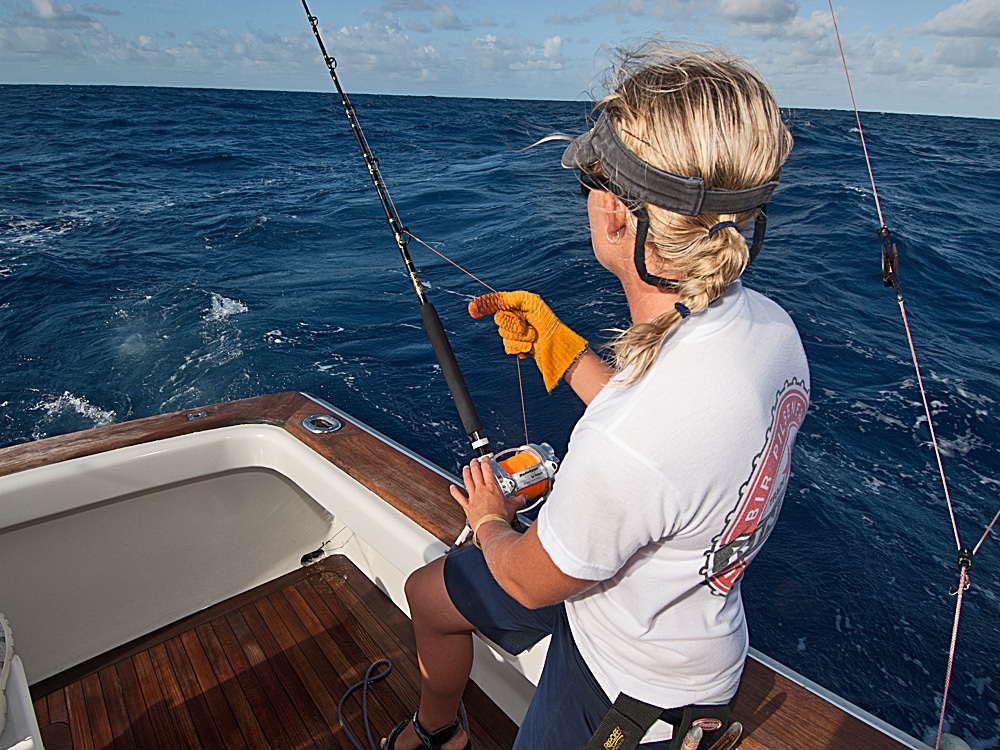
Watch And Listen
Too many anglers get so fixated on the process of fishing: catching and rigging baits, anchoring at the right spot, making the perfect cast, that they forget to pay attention to their surroundings. Only by watching and listening will you pick up clues that help you make the crucial adjustments that lead to a successful day on the water. For instance, the direction in which floating sargassum is drifting offshore, or the way blades of seagrass on the bottom of a shallow bay are bending divulge the current or tide movement. Birds circling and dipping toward the water indicate schooling baitfish, and possibly game fish underneath. Baitfish or shrimp jumping frantically out of the water reveal the prevalent prey in the area and point to the presence of predators. Surface busts and game fish chasing prey or skyrocking after a failed attack are clear evidence of ongoing feeding activity.

Thirst For Knowledge
Don’t assume you know everything there is to know about your favorite game fish and fishing style. Keep up with recent developments in tactics and tackle, as well as newly discovered fisheries and angling destinations. Fishing magazines are a reliable source for in-depth information, and many have excellent websites that make it a cinch to find the desired 411 on a specific rig, technique, target species, or location. Detailed how-to videos are often part of their web content, so it’s never been easier to learn to tie knots, build leaders, rig baits, or figure out a new technique.

Keep Records
Even if you’ve been endowed with a photographic memory, it’s unlikely you’ll remember all the details of your catches after some time passes. So the best way to find the patterns and common denominators that led to your successes is to keep a journal (in notebook or computer), at least until connecting the dots becomes second nature. First write down the date of the catch, next jot down the weather conditions, including wind direction and speed and whether it was sunny, partly cloudy, overcast or rainy. Identify the exact location with coordinates or landmarks, and don’t leave out specifics like the depth, the particular piece of structure the fish related to (floating or fixed), the sand bar, stretch of beach or shoreline it was cruising, the dock piling or bridge abutment where it waited in ambush, etc. Note both the lunar and the tidal stages, and (after checking the tide table) also add the height of the tide.
If fishing offshore, mention instead the current direction and approximate speed. Record the lack or presence of forage and identify the predominant species. Then list the tackle and bait or lure used for the catch, include remarks about the rigging and the presentation, and describe the fish’s reactions leading to the strike and its tendencies during the ensuing battle. Lastly, get in the habit of ending your fishing day with the respective journal entry, the more consistent your logging, the more dependable your deductions when you compare notes prior to your next fishing trip.
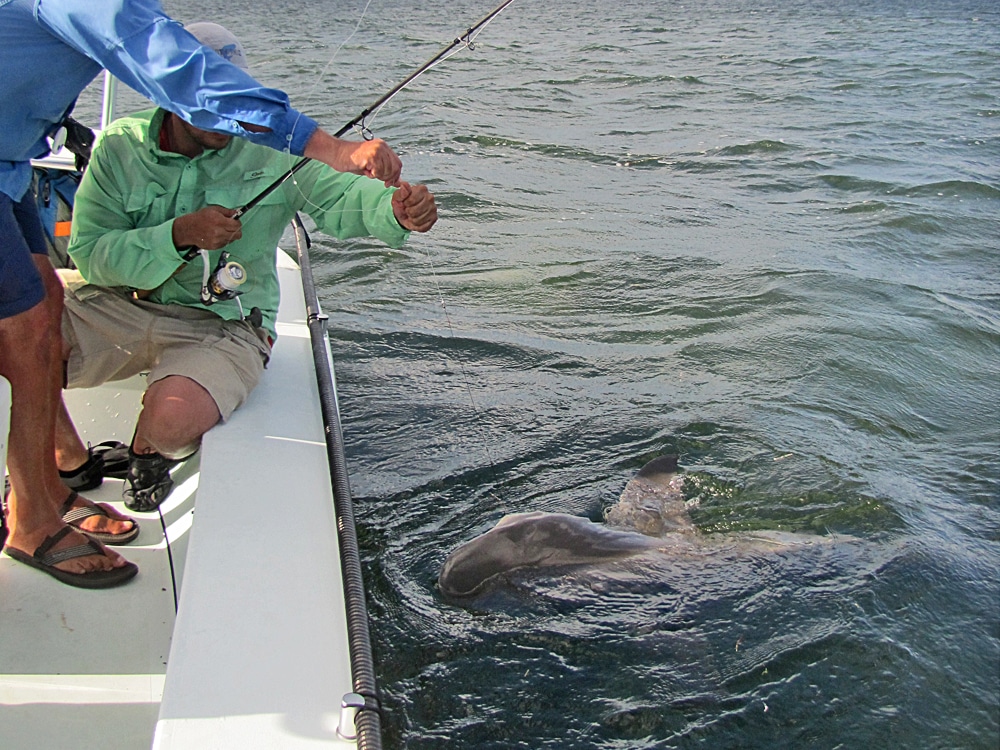
Anticipate And Focus
Most fish are opportunistic feeders, but don’t eat all the time. They mostly adhere to certain periods of heightened feeding activity — usually sparked by the ideal tidal stage or certain atmospheric conditions — between which anglers are bound to experience intervals of inactivity. In the summer, when water temperatures frequently soar beyond the tolerance range of many species during midday hours, action declines for several hours. Some anglers pack it in then, others simply hangout at their favorite spot until the next feeding period. But the more successful ones stay alert when the bite slows down so they won’t miss many opportunities, and they also learn to predict when and where the fish will eat again and plan to be at the right spot at the right time to cash in. When forage is unusually abundant, however, like during shrimp runs or baitfish migrations, game fish tend to feed with reckless abandon, paying no mind to the tide, temperature or conditions. In the midst of such mayhem, it’s important to stay focused and remember to stay clear of other crew members while casting, check hook points for sharpness and leaders for chafing after hooking a few fish, put gaffs and knives safely away immediately after use, and keep buckets, tackle boxes and other potential obstacles out of the the cockpit or casting deck where they may trip or interfere with you or other crew members fighting a fish.









